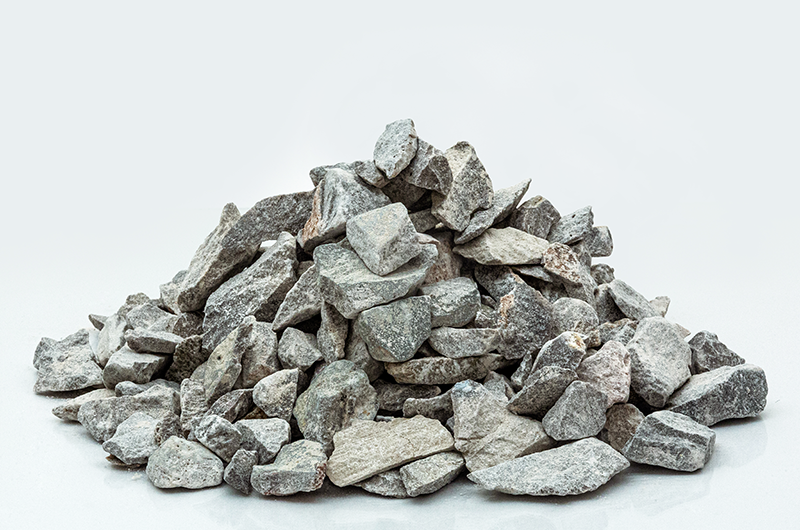Limestone
Limestone is a sedimentary rock, composed mainly of skeletal fragments of marine organisms such as coral, forams and molluscs. Its major materials are the minerals calcite and aragonite, which are different crystal forms of calcium carbonate (CaCO3). About 10% of sedimentary rocks are limestones.


- Use of Limestone
- Limestone is very common in Architecture.
- Limestone was also a very popular building block in the middle ages in the areas where it occurred since it is hard, durable, and commonly occurs in easily accessible surface exposures. Many medieval churches and castles in Europe are made of limestone. Beer stone was a popular kind of limestone for medieval buildings in southern England.
- Limestone and marble are very reactive to acid solutions, making acid rain a significant problem. Many limestone statues and building surfaces have suffered severe damage due to acid rain. Acid-based cleaning chemicals can also etch limestone, which should only be cleaned with a neutral or mild alkaline-based cleaner.
- It is the raw material for the manufacture of quicklime (calcium oxide), slaked lime (calcium hydroxide), cement and mortar.
- Pulverized limestone is used as a soil conditioner to neutralize acidic soils (agricultural lime).
- Is crushed for use as aggregate—the solid base for many roads as well as in asphalt concrete.
- Geological formations of limestone are among the best petroleum reservoirs;
- As a reagent in flue-gas desulfurization, it reacts with sulfur dioxide for air pollution control.
- Glass making, in some circumstances, uses limestone.
- It is added to toothpaste, paper, plastics, paint, tiles, and other materials as both white pigment and a cheap filler.
- Specifications
| SPECIFICATIONS | GRADE |
| % CaCO3 | 92 – 95% |
| % MgCO3 | Max 2.50 |
| % Silica | Max 1.50 |
| % Fe2O3 | Max 0.2 |
| % Others | 0.6 |
| Size | 0 – 6 mm/ 6 -25 mm/ 10 -30 mm/ 25 -50 mm/ 40 -80 mm |
| Packing | Loose |
